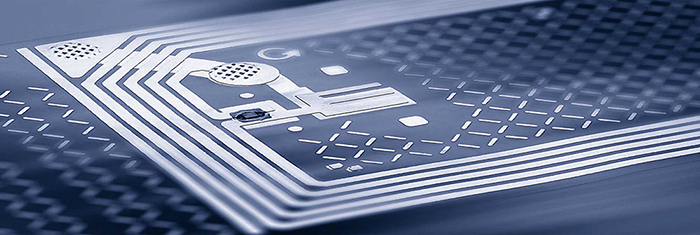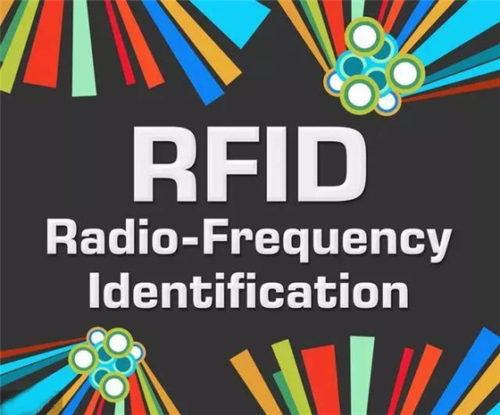What is the difference between high frequency and UHF RFID technology
1, From the perspective of technological development
High frequency technology is more mature than UHF technology. From the initial commercialization in 1995 to today’s extensive and mature practical application, high-frequency technology has achieved quite good results. Compared with other frequency bands of RFID tags, high-frequency tags have the largest production capacity, and manufacturers have the highest ROI.
Through continuous improvement and improvement, learning curve models for high-frequency tag production, data protocol sharing and building the foundation of RFID applications have been established.

UHF technology has just entered the stage of large-scale application, and its technical level has not yet reached a mature level.
2, From the aspect of signal interference
Both HF and UHF RFID systems depend heavily on the communication environment between reader and tag. However, the near-field inductive coupling of high-frequency technology reduces the potential wireless interference and makes high-frequency technology highly immune to environmental noise and electromagnetic interference (EMI).
UHF uses the principle of electromagnetic emission, so it is more vulnerable to electromagnetic interference. At the same time, the metal will reflect the signal, while the water can absorb the signal. These factors will interfere with the normal function of the label. Although some UHF tags (such as Gen2) with improved technology have excellent performance in preventing interference from metals and liquids, UHF tags are still slightly inferior to high frequency tags and need to be compensated by other methods.
3, From the perspective of global normative standards
ISO/IEC, 15693 standard was formulated by ISO/IEC in 1999, which regulates the implementation of high frequency radio frequency identification technology. The 13.56MHz high frequency band has become an effective international scientific and medical (ISM) band in the world. After Japan agreed to use a consistent high frequency frequency in December 2002, its power level has also been unified worldwide.

UHF standards are not so uniform, and different countries use different frequencies. The UHF designated by the EU is 865-868 MHz, the US is 902-928 MHz, India is 865-867 MHz, Australia is 920-926 MHz, Japan is 952-954 MHz, while China and other countries have not yet given UHF a suitable band range and are in a standard absence state. The direct consequence of the disunity of UHF bands is to disconnect the supply chain of enterprises trying to establish seamless links in global supply chains.
4, From the Global RFID Power Requirements
The EN300-220 specification of the European Telecommunication Standards Association (ETSI) has two main provisions that are not very beneficial to UHF. One is about power limitation, which stipulates that the effective radiation power is 500 mW. The other is about bandwidth limitation. As a result, the reader can not hop frequency and the speed of anti-conflict arbitration of tags is limited. European standards limit the modulation of signals between UHF tags and readers, resulting in inconsistencies between the United States and European systems.
RFID tags have received a lot of praise from users in practical applications. Although the price is relatively high, UHF tag technology has obvious unique advantages in the automatic identification of goods, security and other aspects. The production efficiency and management of enterprises will be improved.
If you want to know more information about RFID technology or RFID system, please contact us at: info@rfid-global.com.cn, thanks!


Like!! Thank you for publishing this awesome article.
thank you